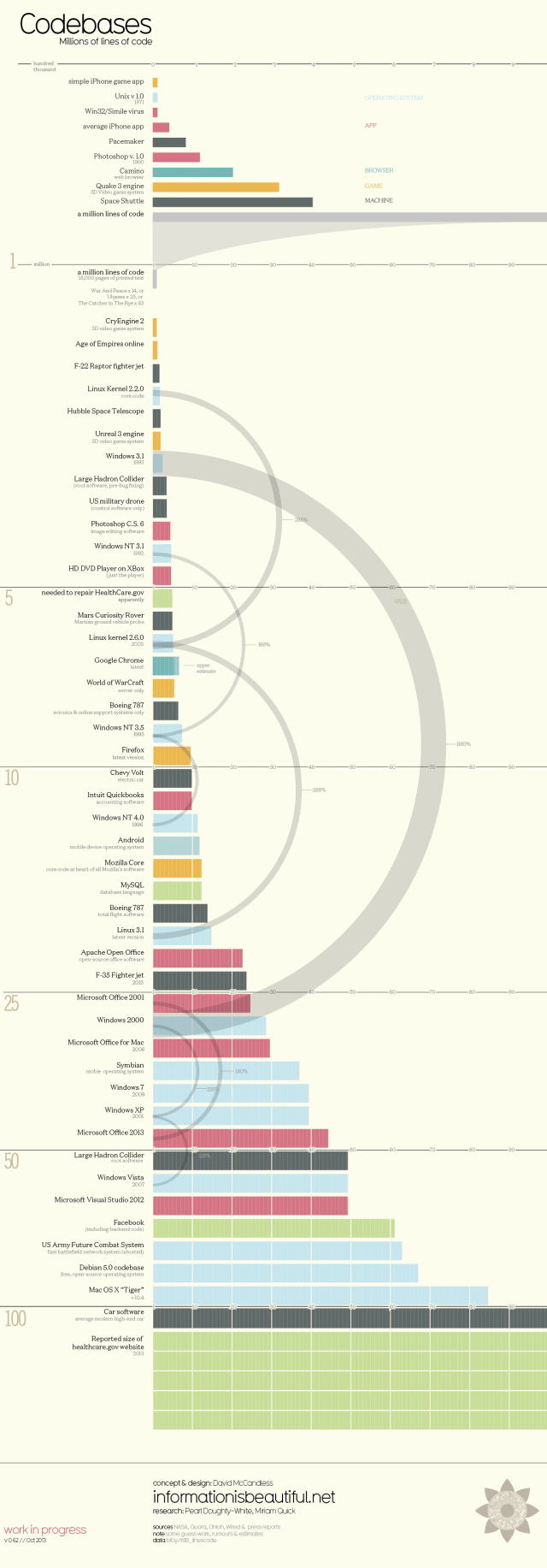Infographic: Top 10 Web Design Trends for 2014
Web design is a very important aspect of website development. The visual appeal, functionality, and usability of a website will be a huge factor in how appealing it is to your target readers. Also, a great website design will not remain great if it is not updated or redesigned to keep up with design trends. No matter how your website has been, a great website design is one that keeps on changing and being updated according to current industry trends and practices.
If you are planning to update your website design this 2014, below are some of the design trends that would be good to know so you can be specific with your web design company with what you want in your website.
[simpleazon-image align=”none” asin=”1118404106″ locale=”us” height=”160″ src=”http://ecx.images-amazon.com/images/I/51-ruYcv3YL._SL160_.jpg” width=”128″]
[simpleazon-link asin=”1449319270″ locale=”us”]Learning Web Design: A Beginner’s Guide to HTML, CSS, JavaScript, and Web Graphics[/simpleazon-link]





